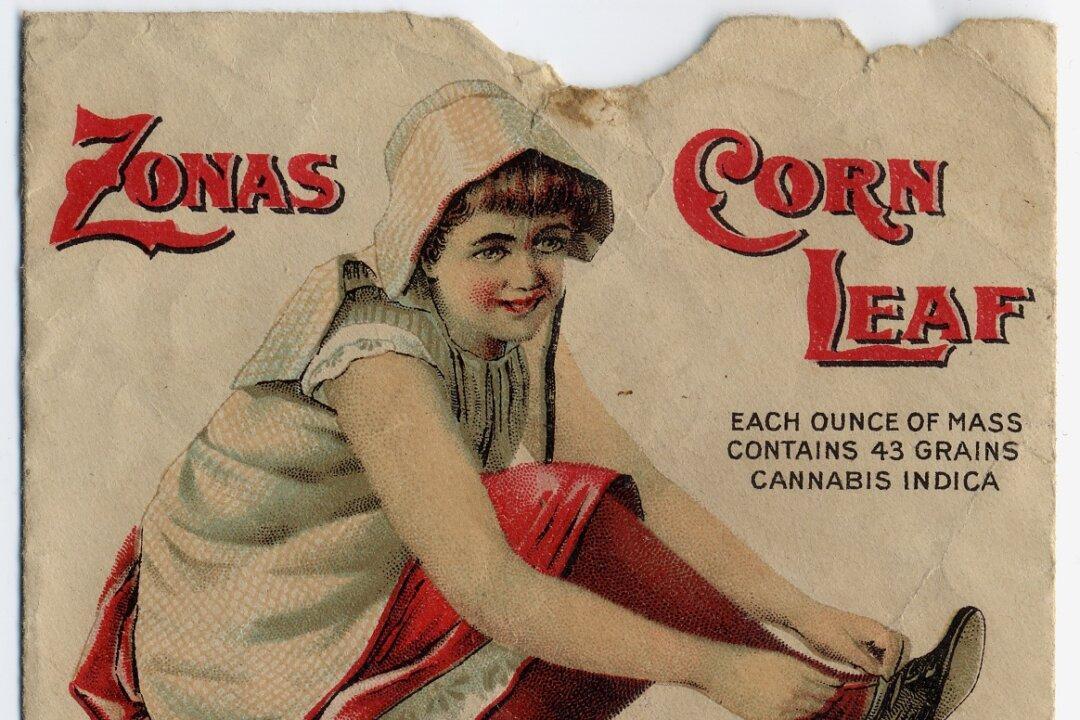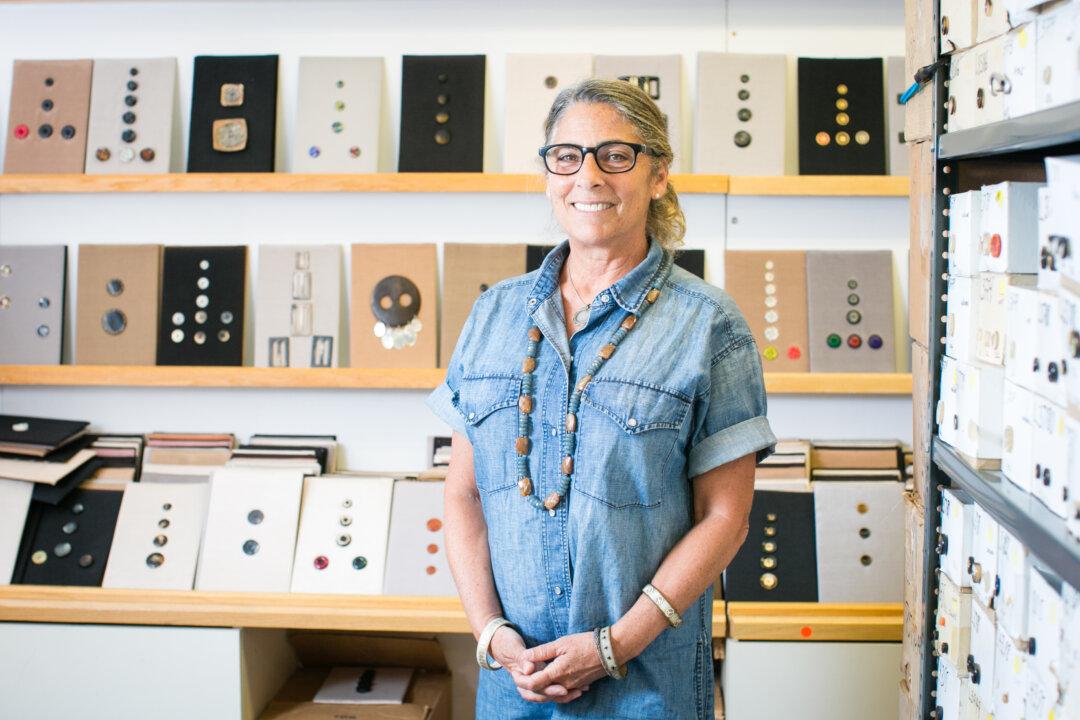The way that the Orange County Distillery got started sounds like an indie film script about two friends who, on a fateful Christmas Eve, were drinking and chatting when they stumbled upon a great idea.
The dialogue goes like this:
John: Hey Bryan, I have 6,000 pounds of sugar beets sitting in my warehouse—do you wanna make vodka?
Bryan: Yeah, sure.
And that’s literally, how it all began.
Fifth-generation farmer John Glebocki and Bryan Ensall, owner of a lawn care franchise in Orange County, New York, found that they both had time on their hands during their annual four-month winter offseason.

Produce grown in the black dirt fields of Goshen in Orange County, N.Y., and used by Orange County Distillery. Kati Vereshaka/Epoch Times




